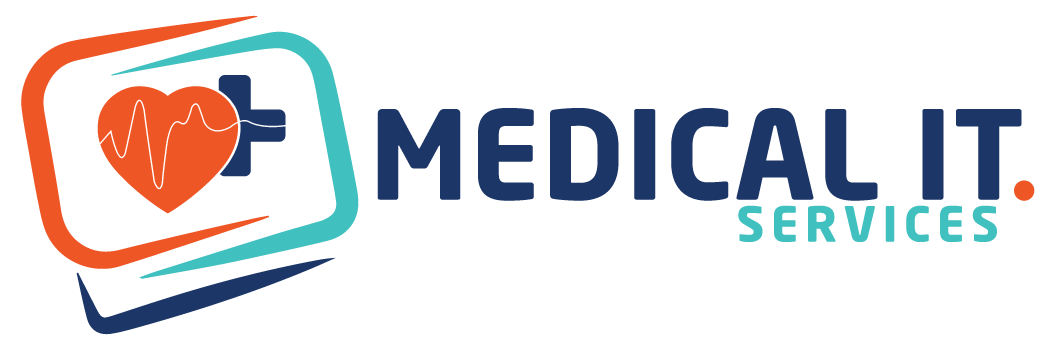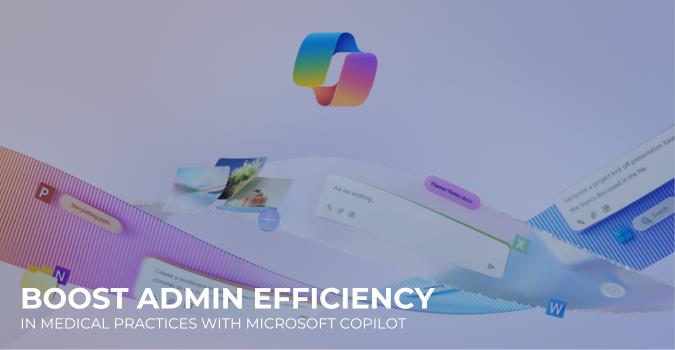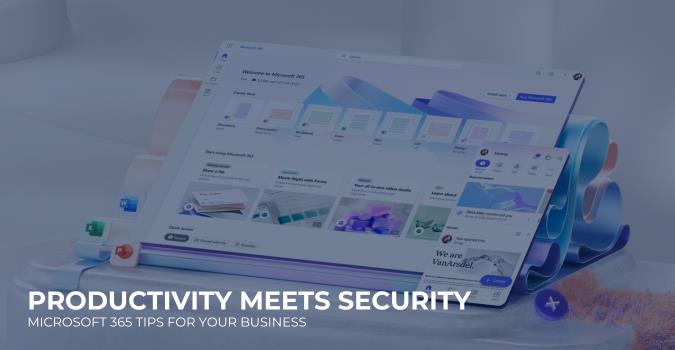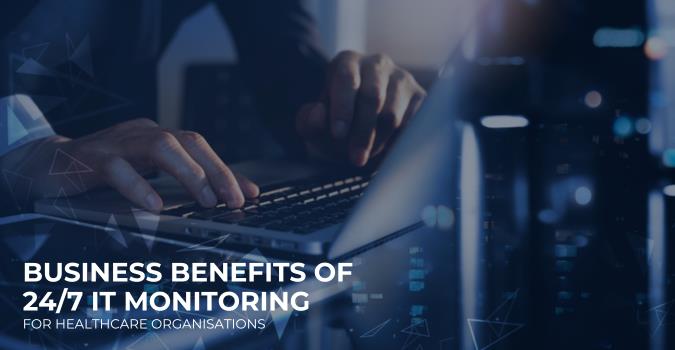In today’s fast-paced healthcare environment, time and accuracy are everything. Medical practices already juggle patient…
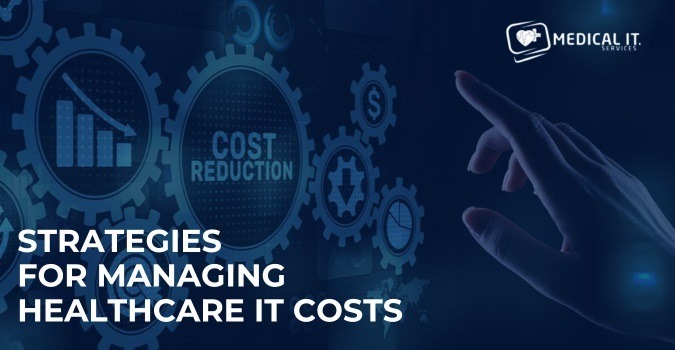
Strategies for Managing Healthcare IT Costs
The healthcare industry is undergoing a digital revolution. Electronic health records (EHRs), telehealth, and advanced diagnostics are transforming patient care. However, this technological leap comes with a price tag. Managing healthcare IT costs effectively is crucial for hospitals and clinics to ensure financial stability and reinvest in providing excellent care. In this blog post, we’ll explore effective strategies for managing healthcare IT costs without compromising on quality or innovation.
Key Strategies to Manage Healthcare IT Cost
Optimising Your IT Infrastructure
Optimising your IT infrastructure involves streamlining resources and controlling costs. This can be achieved through standardisation of hardware and software, reducing redundancy. Cloud migration for non-critical applications and server virtualization can further enhance efficiency and potentially lower costs. By implementing these strategies, you can free up valuable resources and ensure your IT foundation supports your healthcare organisation’s evolving needs without breaking the bank.
Implementing Cloud Solutions
The cloud offers a plethora of benefits for healthcare firms, including scalability, flexibility, and cost-efficiency. By migrating IT infrastructure and applications to the cloud, healthcare providers can significantly reduce upfront capital expenses associated with hardware procurement and maintenance. Additionally, cloud solutions offer pay-as-you-go pricing models, enabling healthcare organisations to align IT expenses with actual usage and scale resources as needed.
Leverage Open Source Technologies
Open source software presents a compelling alternative to proprietary solutions, offering comparable functionality at a fraction of the cost. By adopting open-source technologies for electronic health records (EHR), practice management systems, and other critical applications, healthcare organisations can realize substantial savings on licensing fees while benefiting from the collaborative development and community support inherent in open-source ecosystems.
Prioritize Interoperability
Interoperability is essential for streamlining workflows, improving care coordination, and enhancing the overall efficiency of healthcare delivery. By investing in interoperable systems, organisations can eliminate data silos, reduce redundant processes, and minimise the need for costly custom integrations. Interoperability also fosters data exchange and collaboration across disparate healthcare settings, ultimately leading to better patient outcomes.
Outsource Non-Core Functions
Outsourcing non-core IT functions, such as technical support, infrastructure management, and cybersecurity, can yield significant cost savings for healthcare organisations. By partnering with specialised IT service providers, healthcare entities can access expertise and resources on an as-needed basis, eliminating the need for maintaining an in-house IT team and reducing overhead expenses.
Invest in Cybersecurity
In today’s digital landscape, cybersecurity is non-negotiable for healthcare organisations entrusted with sensitive patient data. Investing in robust cyber security measures, including firewalls, encryption, intrusion detection systems, and employee training, is essential for protecting against cyber threats and mitigating the potential financial and reputational consequences of data breaches. Proactive cybersecurity strategies not only safeguard patient information but also contribute to regulatory compliance and foster trust among patients and stakeholders.
Explore Telehealth Solutions
Telehealth has emerged as a cost-effective alternative to traditional in-person care delivery, particularly in the wake of the COVID-19 pandemic. By embracing telehealth technologies, healthcare providers can expand their reach, reduce overhead expenses associated with physical facilities, and enhance patient satisfaction through convenient virtual consultations. Telehealth also offers opportunities for optimising resource utilisation and improving operational efficiency, ultimately leading to cost savings for healthcare organisations.
Continuous Improvement and Training
Foster a culture of continuous improvement and innovation within the organisation. Encourage staff to participate in ongoing training and professional development programs to enhance their IT skills and knowledge. Solicit feedback from end-users and stakeholders to identify areas for further optimisation and refinement.
Data Analytics and Insights
Harness the power of data analytics and business intelligence tools to derive actionable insights from healthcare data. Analyze clinical, operational, and financial data to identify trends, patterns, and opportunities for improvement. Use predictive analytics to anticipate patient needs, optimise resource allocation, and reduce costs.
Summary
In conclusion, managing healthcare IT costs requires a multifaceted approach that encompasses leveraging innovative technologies, optimizing processes, and prioritizing cost-efficiency without compromising on quality or patient care. By implementing these strategies, you can effectively manage your healthcare IT costs, allowing you to focus on your core mission – delivering exceptional patient care.
Partnering with Medical IT.Services for Success
Managing a complex healthcare IT environment requires expertise and ongoing support. Partnering with a reputable IT service provider like MedicalIT.Services can be invaluable. Their team of healthcare IT specialists can help you develop a comprehensive cost-management strategy, implement cutting-edge solutions, and ensure the ongoing security and efficiency of your IT infrastructure.
Also Read:
